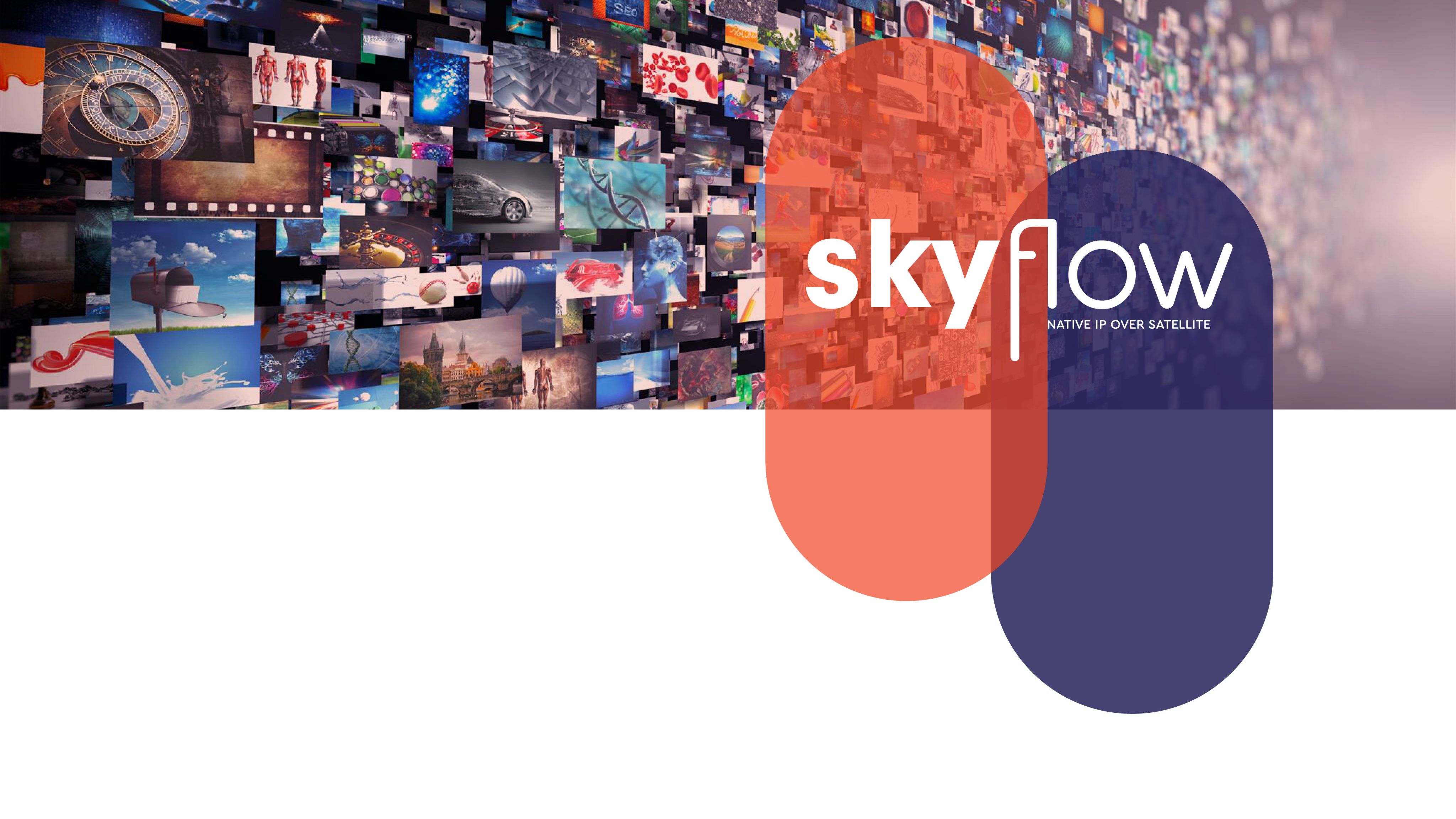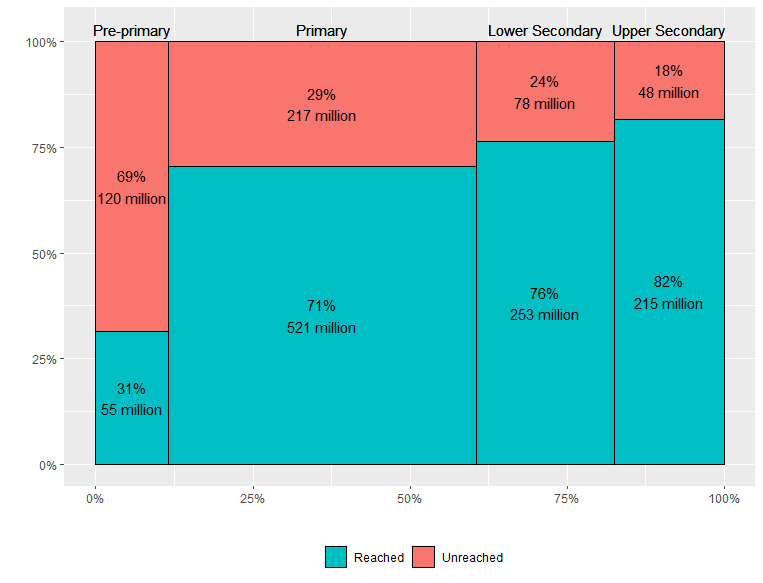Transforming education in remote areas

Bridging the
Digital Divide
Remote learning remains inaccessible to many children worldwide due to the absence of essential resources or supportive government policies. Since the beginning of the global COVID-19 pandemic, the education of hundreds of millions of students has been disrupted. To address school closures, many education ministries implemented remote learning measures to maintain educational continuity. Nonetheless, UNICEF data reveals that 31 percent of school-age children are beyond the reach of these remote learning initiatives, primarily due to their lack of access to radio, television, or the internet, and the absence of conducive remote learning policies.
While the effectiveness of various remote learning methods remains uncertain, it is evident that online learning most closely replicates in-person instruction and is the preferred choice for many. Data indicates that on a global scale, only one out of every three school-age children has access to internet at home. In West and Central Africa, this figure drops to a mere 5 percent, which is 25 percentage points below the worldwide average. With at least 49 per cent, Eastern and Southern Africa had the highest minimum share of students who cannot be reached.
https://data.unicef.org/topic/education/remote-learning-and-digital-connectivity/
https://data.unicef.org/topic/education/remote-learning-and-digital-connectivity/

Distribution of...

...IP Content
With Native IP over Satellite, there is a huge potential to distribute educational content, such as live public broadcasting, Video-on-Demand and file-based assets and resources, such as e-books, papers, examinations and other documentation, using cost-effective satellite infrastructure.
Tech Africa's editor-in-chief Chris Green talks with Alex Beach, Head of Media and Broadcast at ST Engineering iDirect
...to schools,
Not all schools have a DSL or fiber connection that runs either to their school or their home, yet a lot of educational material today is digital. This means that there are many students being left behind due to the Digital Divide. This has a domino effect on their lives, ultimately impacting their development and future opportunities.
...to households
File-based content delivery via DVB Native IP over Satellite to a low-cost
Set-Top-Box allows students to download educational content onto their mobile devices, even in regions where terrestrial connectivity is limited. If bi-directional e-learning is required, a VSAT return path can easily be implemented.
...using DVB Native IP
and mABR over Satellite
The DVB-NIP standard bridges the gap between IP and broadcast networks. It paves the way for a truly converged media distribution solution. It uses the efficiency of broadcast networks for large-scale content distribution to modern IP devices, fully integrating broadcast technologies with those used in broadband networks.
Content distribution over satellite using multicast ABR (Adapative BitRate) can serve multiple markets and applications. Distribution for live, linear and file-based video content (Video on Demand), as well as non-video content like PDFs, JPEG, text files, more – all are supported.
Eutelsat Group and ST Engineering iDirect have contributed to the DVB NIP Technical Working Group, with Eutelsat taking a front seat as one of the members tasked with steering the group. Learn more about DVB NIP and why it's important to the satellite ecosystem in this interview with Cristiano Benzi, SVP Global Video Products Development, Eutelsat Group or in the whitepaper 'DVB NIP: The Gamechanger of Content Distribution'
...to anywhere and any device
Use Case Peru
SKYflow Ecosystem delivers free-to-air educational TV channels, OTT content and media products to people across Peru
Thanks to SKYflow the final 30% of the Peruvian population will have access to public broadcasting and news services. This presented major issues during the global pandemic. Not only did the majority of the population not have access to distance learning resources, but they also had no access to live news or governmental messaging. In an effort to ensure vital services access to all Peruvians, the Government of Peru has selected Native IP over Satellite technology to deliver live and file-based content to all regions of the country. Soon, people all over Peru will have access to those vital services.




